What a dope. Of course that makes no sense. In the first place, Lawson himself describes "leaving Sullivans Island on our Starboard," which he could only do if he were passing out through the breach into open ocean, which made no sense. And in the second place, who on earth takes a heavily loaded canoe out into the open ocean when there are tidal creeks protected by barrier islands? Nobody, that's who.
Anyhow, I looked up the excellent Mills Atlas images of South Carolina from 1825, and a single glance shows the obvious route: Lawson crossed the harbor, went into the cove north of Fort Moultrie, and then wended his way through the tidal creeks, timing their passage over the breach to continue northeastward up the coast. Of course I checked with my old pal Val Green, who agreed: that's the way Uncle John (Val's term for Lawson) went.
A tiny thing. But it's fun noticing things I hadn't noticed I hadn't noticed.
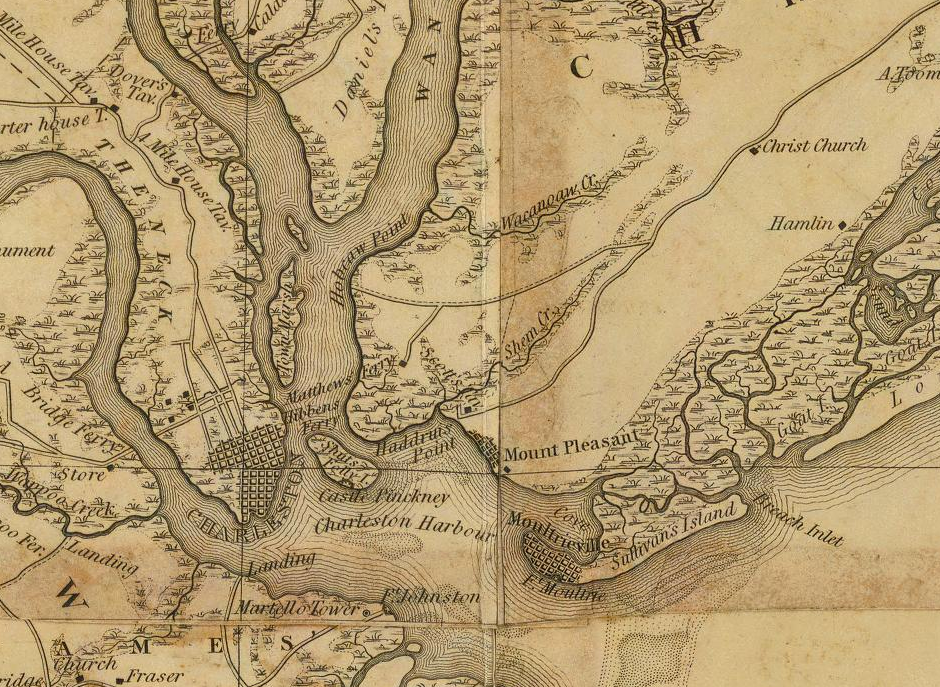

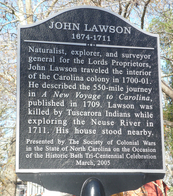
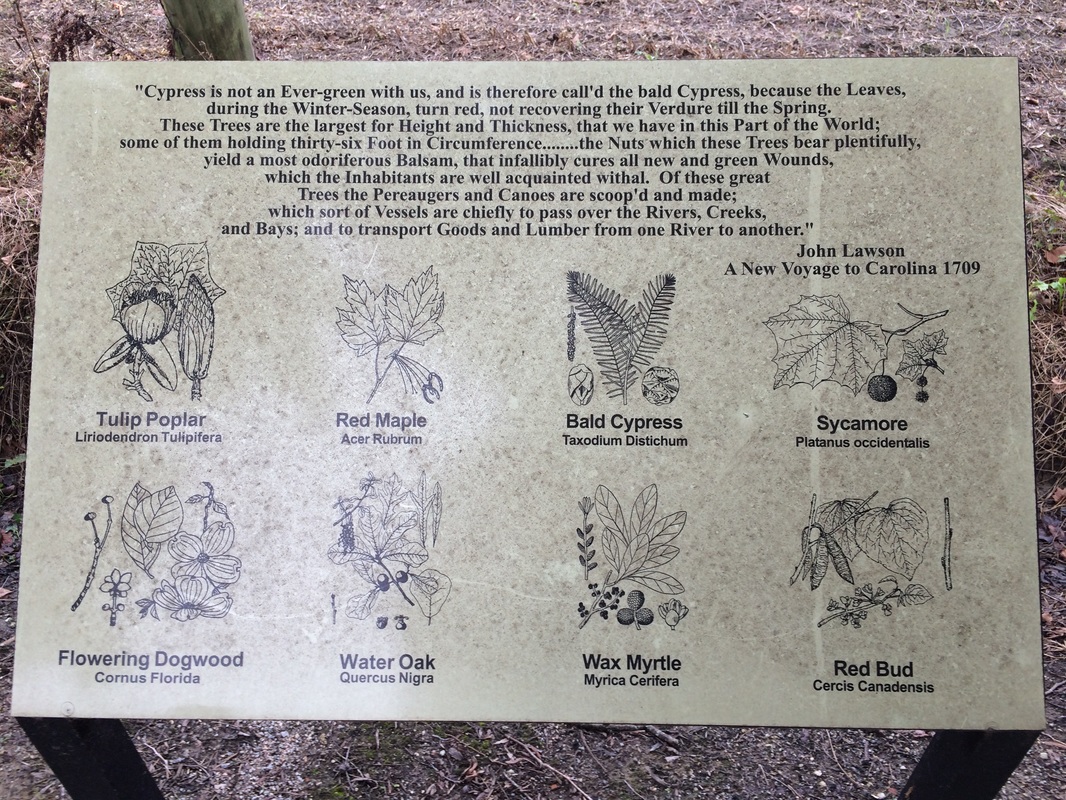
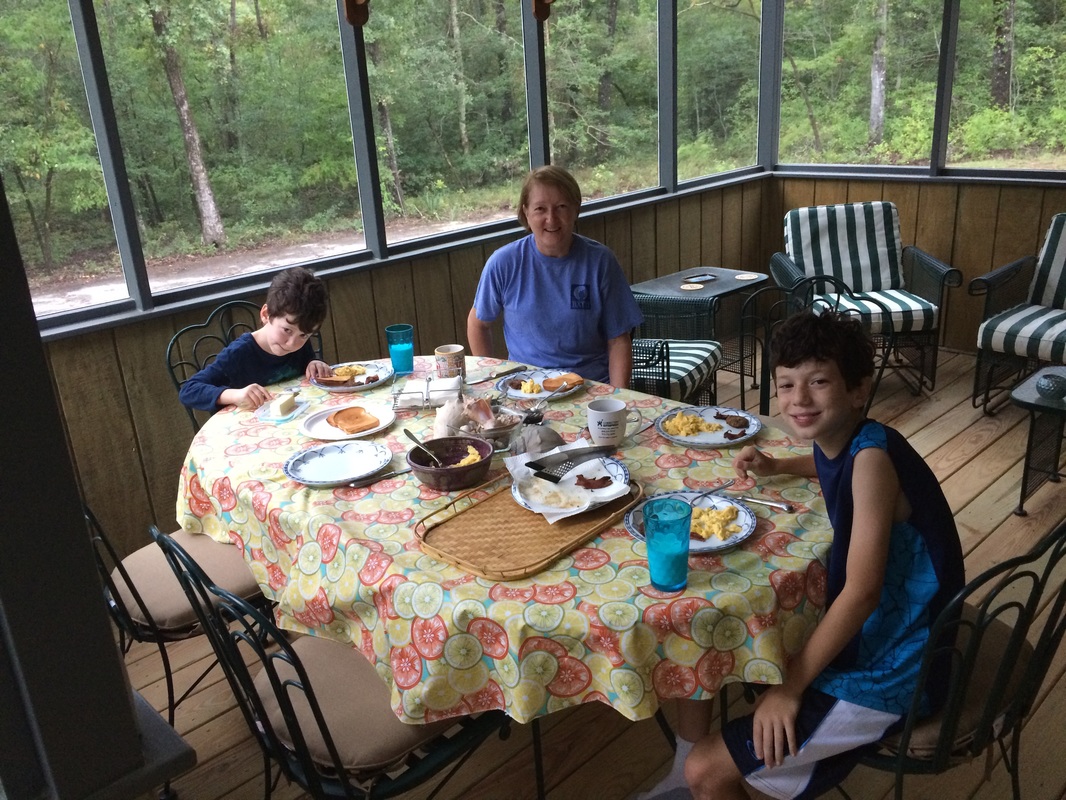
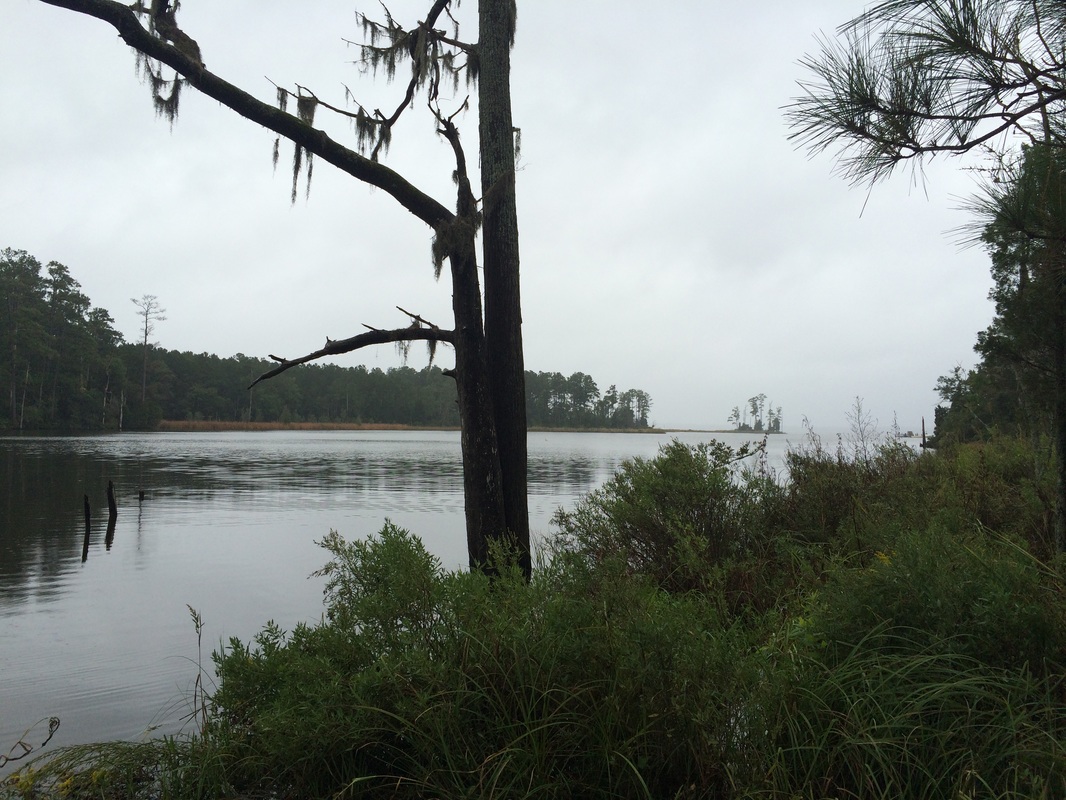
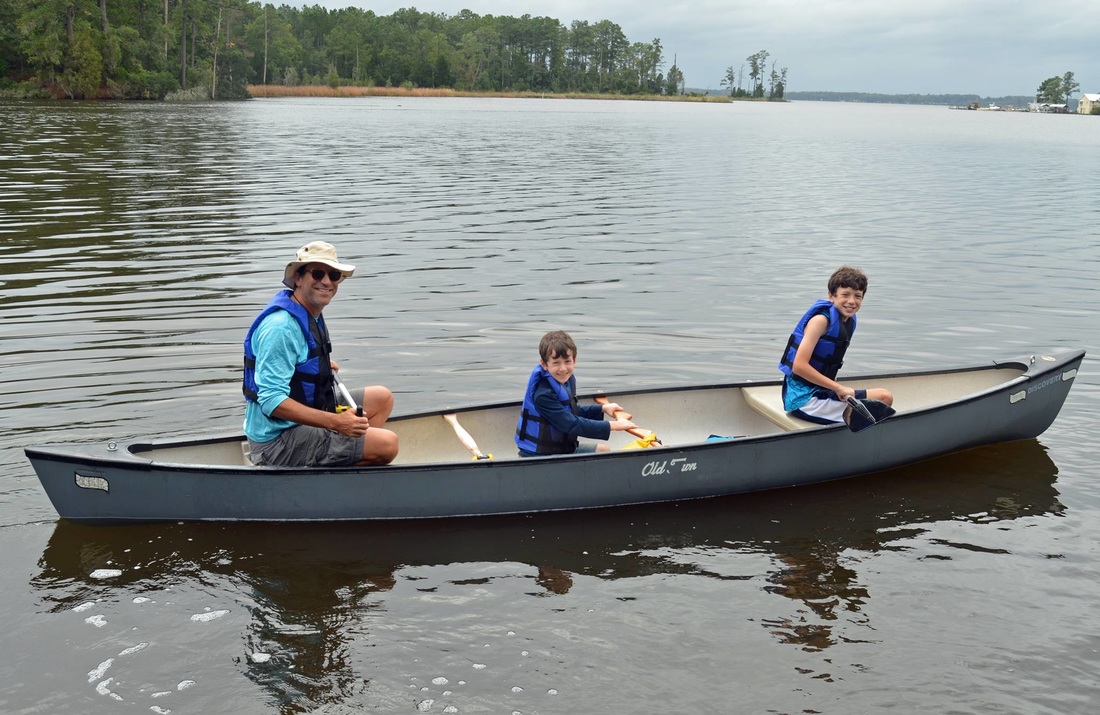
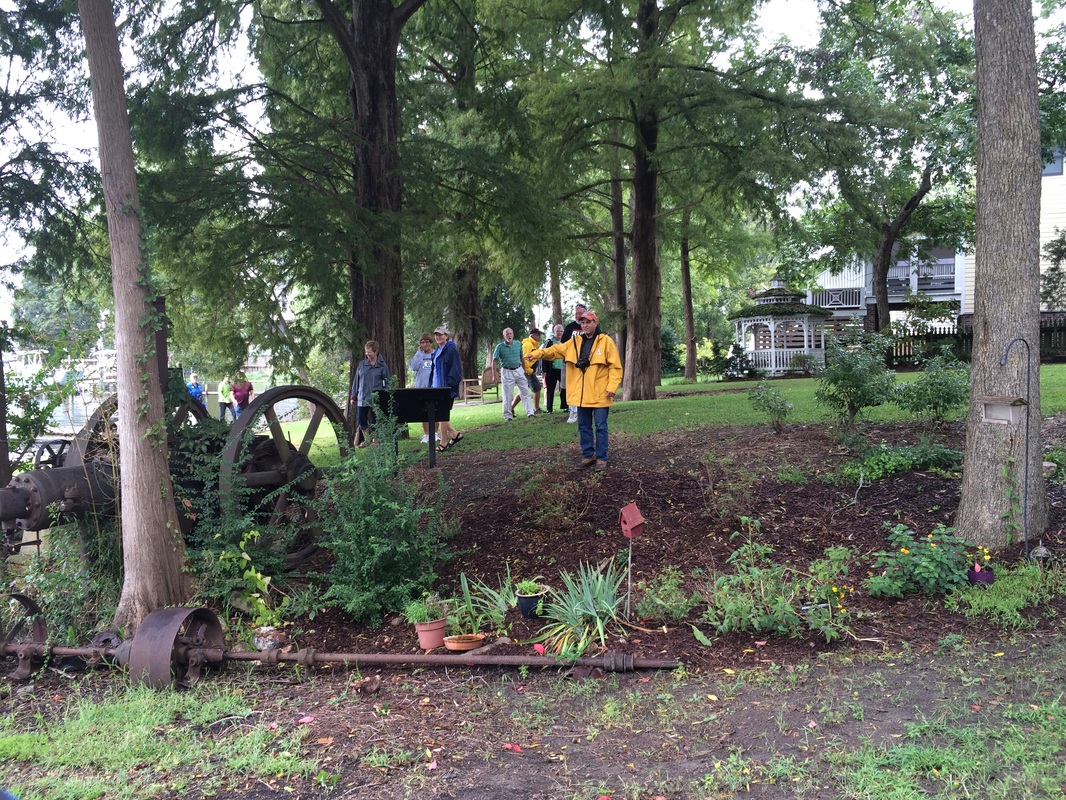

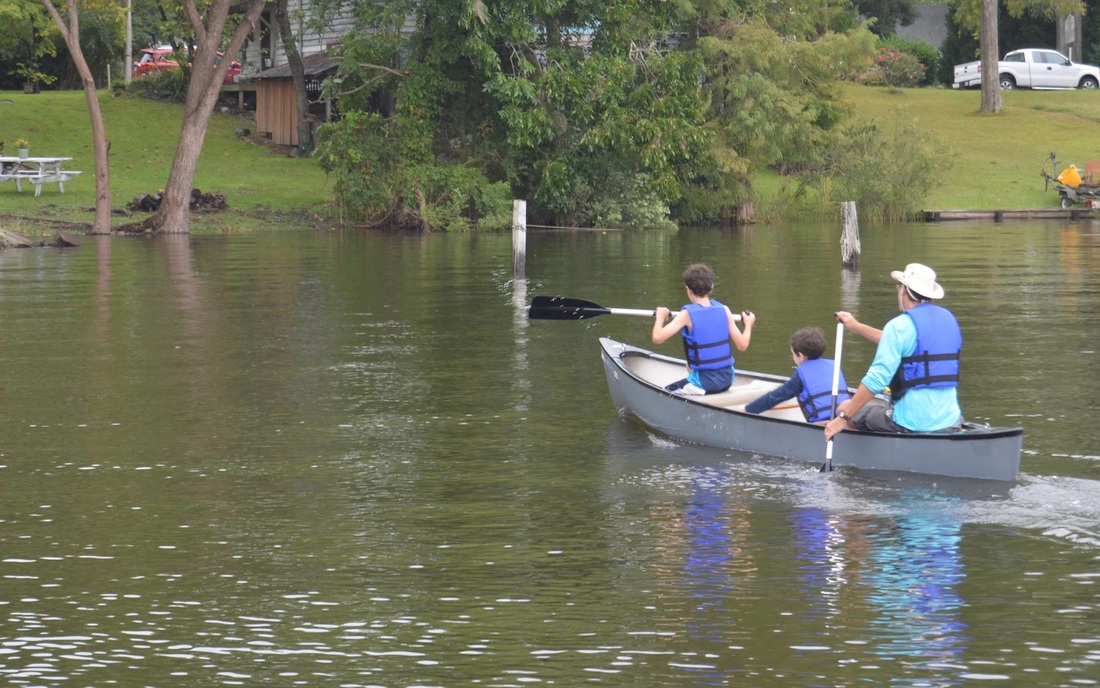
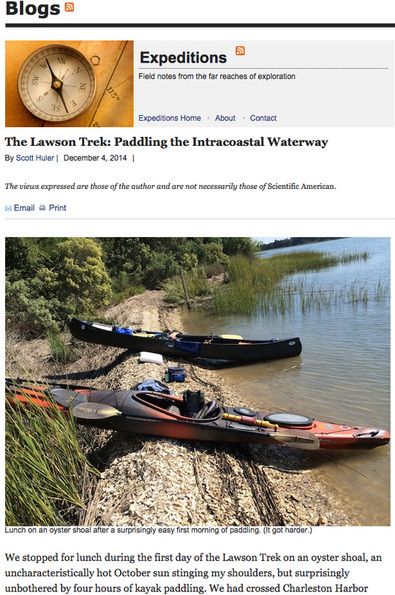
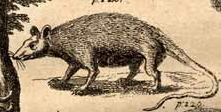
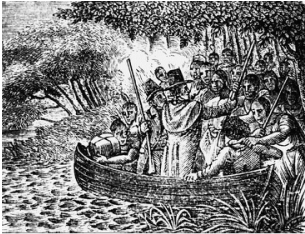
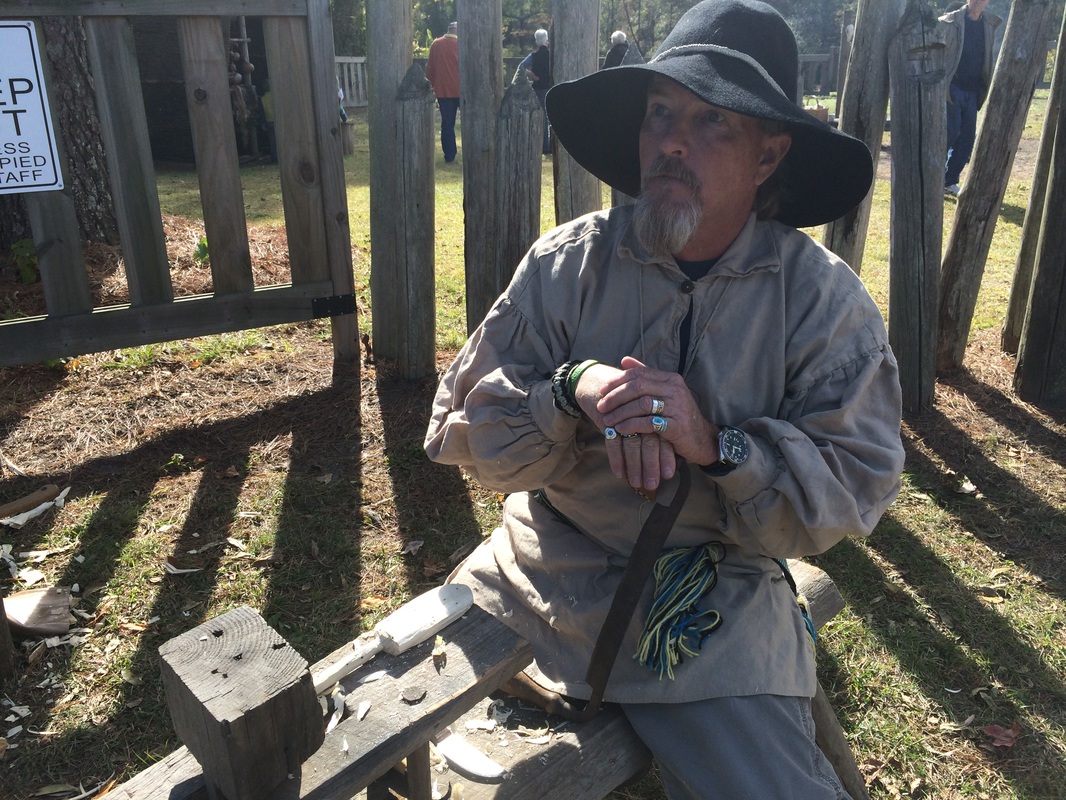
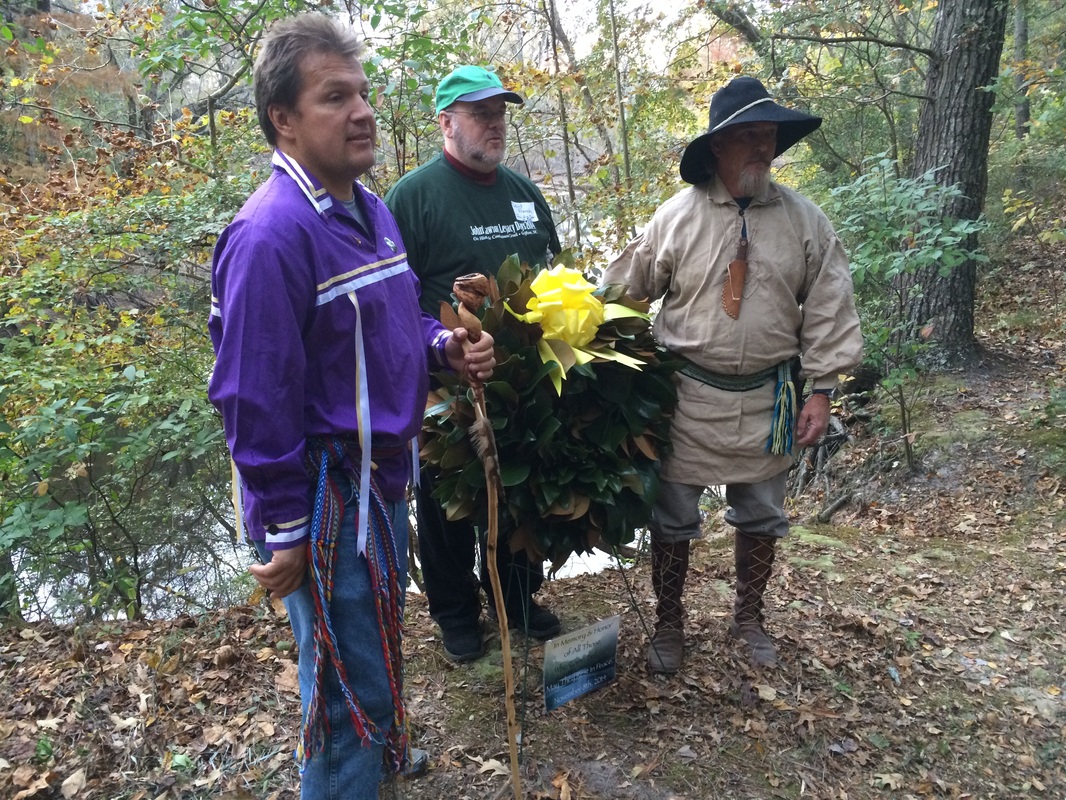
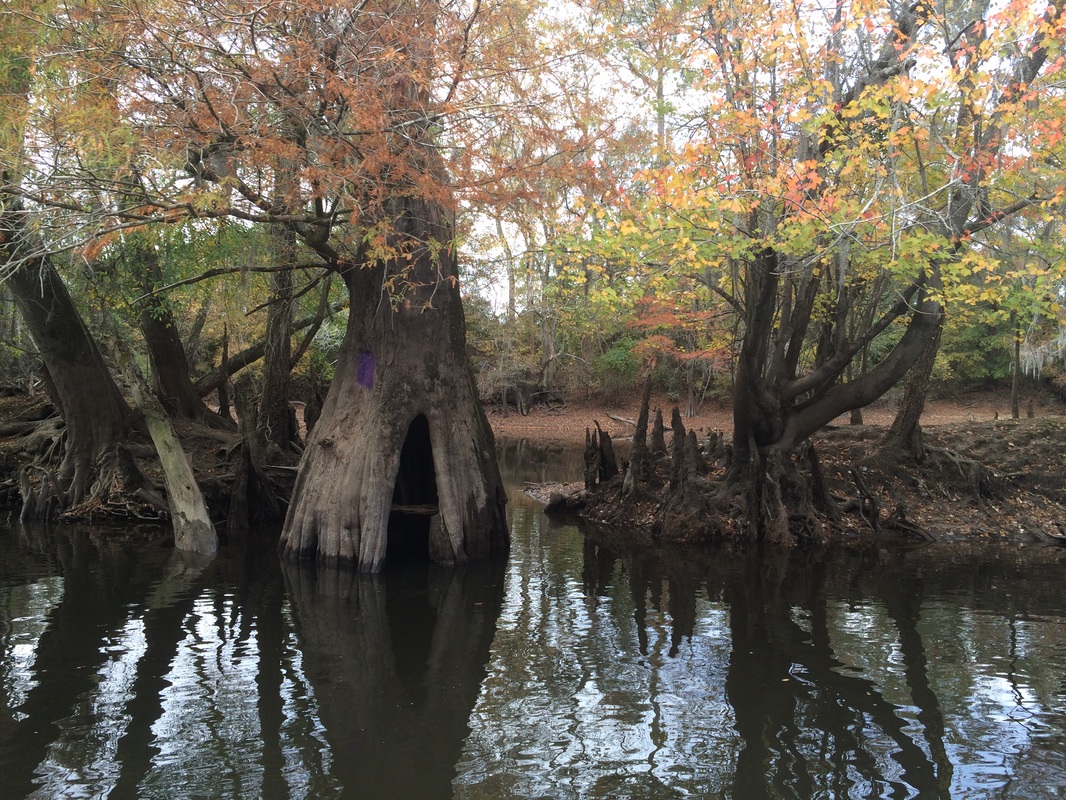
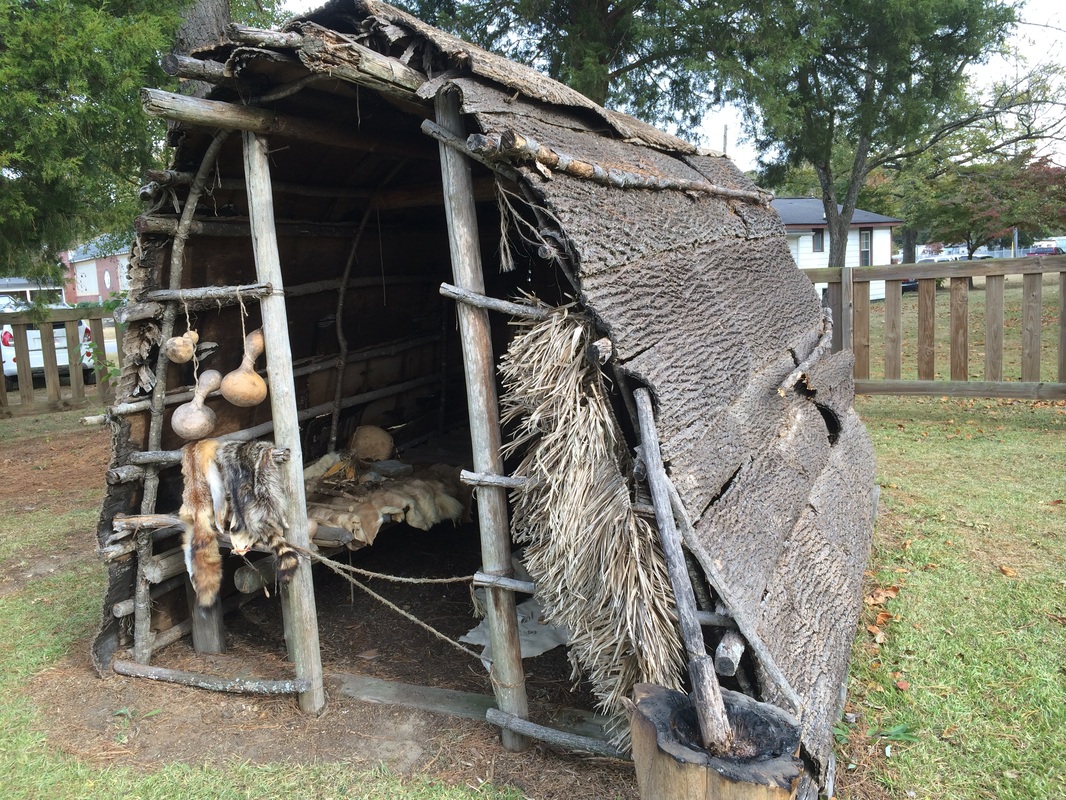
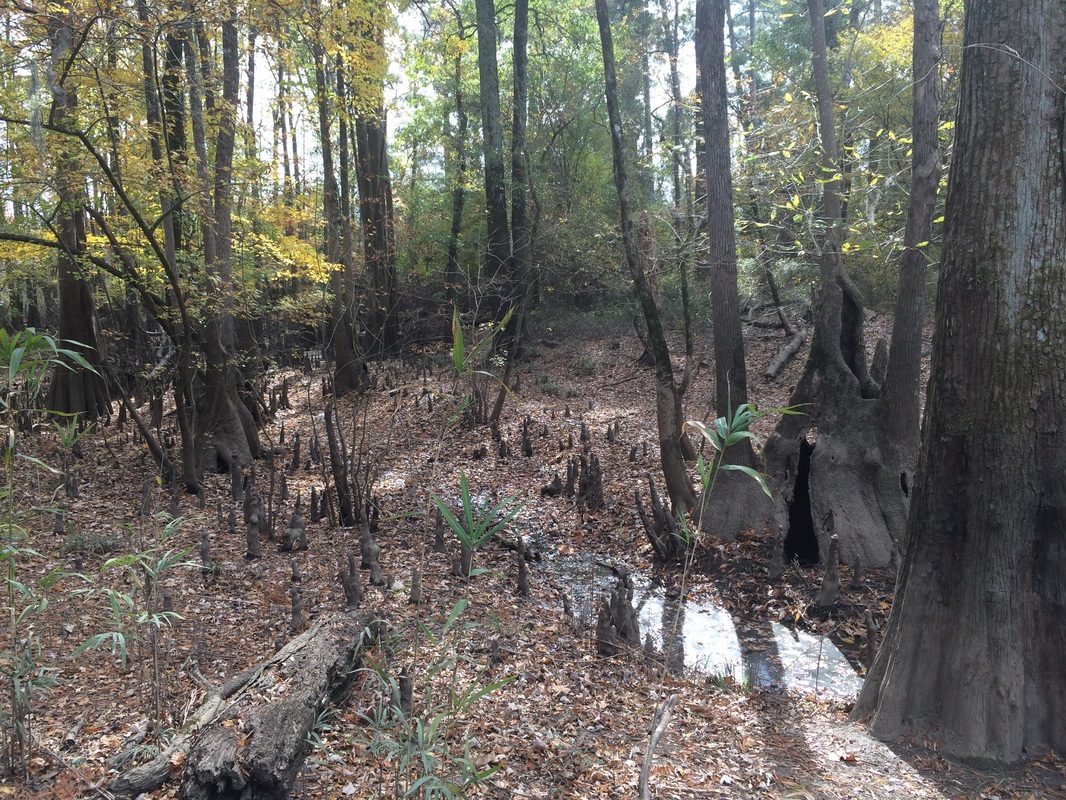
 RSS Feed
RSS Feed